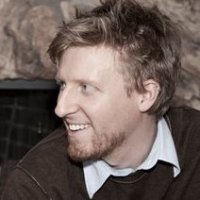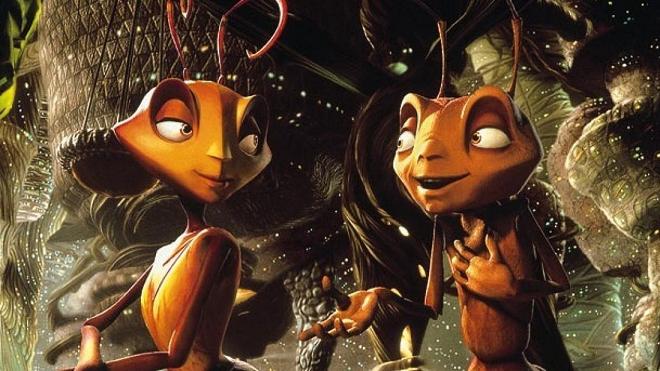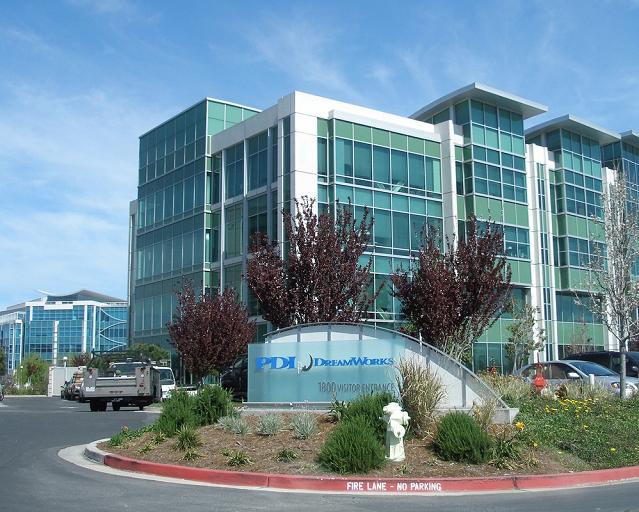 Eric Lyman, CG modeler and technical artist at PDI DreamWorks narrates his experience of 22 January on his blog, when at around 1:15 pm he was asked to attend an all hands meeting alongside several hundred of his co-workers. He writes: “A small stage had been put together in our commissary area with a blue background covered in DreamWorks logos. After a few moments, Jeffrey Katzenberg stepped in front of a microphone, and in a down cast voice, proceeded to explain that in order to get our feature animation division back on track, the company has to lay-off 500 employees and completely shut down its northern California DreamWorks branch in Redwood City, PDI.”
Eric Lyman, CG modeler and technical artist at PDI DreamWorks narrates his experience of 22 January on his blog, when at around 1:15 pm he was asked to attend an all hands meeting alongside several hundred of his co-workers. He writes: “A small stage had been put together in our commissary area with a blue background covered in DreamWorks logos. After a few moments, Jeffrey Katzenberg stepped in front of a microphone, and in a down cast voice, proceeded to explain that in order to get our feature animation division back on track, the company has to lay-off 500 employees and completely shut down its northern California DreamWorks branch in Redwood City, PDI.”
News that a layoff was headed had already reached most employees by the time they came in to work on Monday, but nobody really expected things to go this far. “We had weathered large layoffs in the past- after our film ‘Rise of the Guardians’ flopped at the box office in 2011, we were forced to reduce staff in similar numbers, but our presence in Silicon Valley was never in question,” expressed Eric.
PDI has been around for a long time, much longer than DreamWorks. Founded in 1980, it was one of the early outposts in the CG world alongside other pioneering houses such as Pixar and ILM. By 1982 they had begun actual production work with 3D graphics – mostly in the form of flying 3D logos.
By the late 80’s PDI’s technology had evolved to the point where it was taking on commercials and visual effects for feature films, which included character animation. One example is the Pillsbury Doughboy, which up to that point had been a stop motion puppet. They also did work for the “Bud Bowl”, super bowl intermission/cut-scenes featuring Budweiser bottles playing football. Here’s a spot from 1989:
“Something I think we all remember is a specific sequence from the Michael Jackson music video, Black or White in which a dozen actors morph into one another. This was cutting edge stuff back in 1991, and I have to say it still looks great today,” he added.
Around this time PDI was very interested in working in 3D animation for film. The opportunity came in 1995 when another company with very similar interests, DreamWorks Animation, tapped PDI to produce Antz. By this point PDI was sitting on about 14 years of computer graphics IP, and there was a huge barrier to entry for anyone that wanted to get into 3D animation. “Dreamworks working with PDI made perfect sense as up to that time, DreamWorks was only a 2D animation house. Dreamworks bought a 40 per cent stake in the company and the film was made (released in 1998),” explained Eric in his blog post.

In 2000 DreamWorks purchased the remainder of the studio and officially renamed it PDI/DreamWorks, after which time it worked alongside the LA branch of DreamWorks in Glendale, CA. on feature animated films. The studio started with a base in Sunnyvale, then moved to Palo Alto, and finally to Redwood City.
“I started work at DreamWorks in mid-2009, in Glendale, but was transferred to PDI at my request in 2010. It’s hard to believe that I’ve already put in 5 years there. The time went by too quickly. The people, the campus and culture is unique; it’s hard to believe that it’s all going away. I can only imagine how some of the long-time PDI employees feel today, those who have 10, 15, hell even 20 or 25 years of work history at the studio under their belts,” expressed an emotional Eric.
As it happens this is not the end of the road for Eric personally at DreamWorks, but it is the end of the road for an iconic and historic studio, one which helped trail blaze an entirely new form of media.

